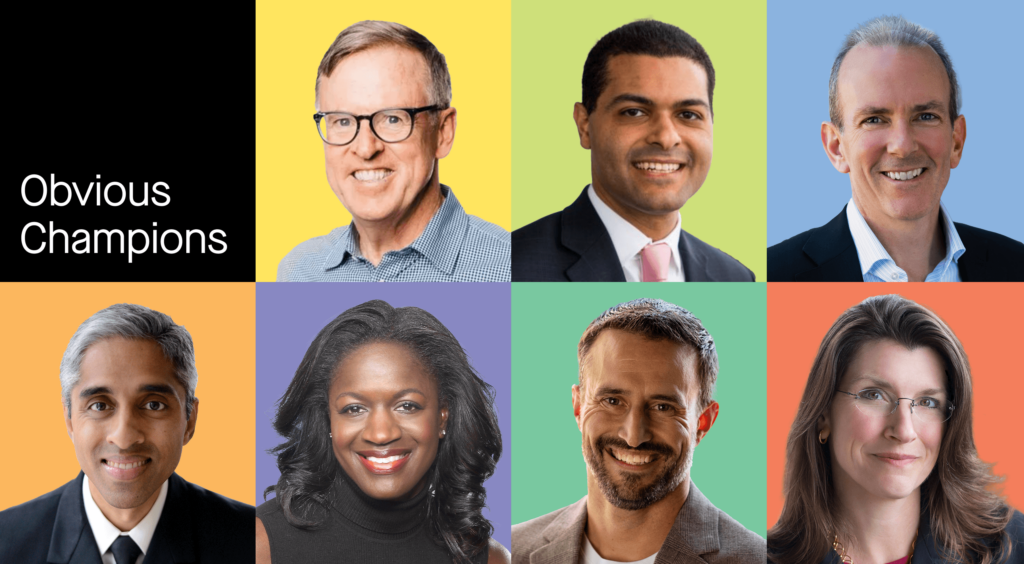The Org is Your Product. The People are Your Customers. Design Their Journey.
Welcome to the dawn of a new age in People Operations & HR
Obvious |

Despite their stated function, the vast majority of Human Resources and People Ops-related programs are devoid of both humanness and people-ness. Leadership tends to overlook the key moments that matter with candidates, employees, and alumni in favor of a focus on process, administration and box-checking.
Designing these moments—not simply an instance, but a holistic journey—will determine the trajectory of your organization more than you know. Choosing not to design the experience, or only parts of it, is a passive design decision with consequences.
There are a number of players that recognize this, taking product-driven approaches to HR/People Operations like Patreon, Gusto, and even publicly-traded companies like The Container Store. On a personal level, it took me departing the pantheon of human-centeredness at IDEO and a set of creative conversations with Jason Stirman to view the organization-as-product and its-people-as-customer at Medium. I honed in on mapping the end-to-end employee experience and what we’d design to get there (piece by piece, sharing publicly, with others taking note). Ever since, I’ve held onto that interconnected journey in my head — here it is.
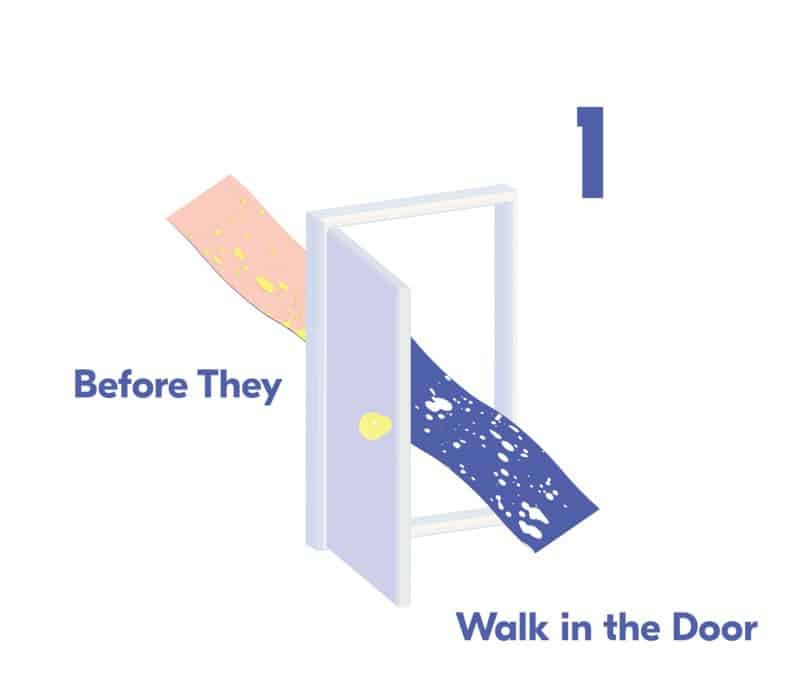
How you treat and communicate with candidates has ramifications not only for the prospective employee, but for your performance as a business given the convergence of consumer and employment brands. Handle your candidates like potential customers.
How do you show up with candidates? You may not control marketing, but you can leverage it. Check in with your brand gurus and even enlist them in your “employment brand” positioning, remembering that potential candidates have different baselines (“Never heard of you…” ←→ “I love you!”) and varying experiences (engineers may see your eng blog, but how might sales candidates be encountering your brand?).
How is the role being articulated, and in what context are candidates experiencing it? The majority of job descriptions today are rarely read in their entirety, often turning away the very people you want to attract, and are hardly reflective of the culture you’re working to create. They’re typically all text and too many bullets. Why not craft something more creative, more inclusive (see: Textio), in a format that is more shareable (i.e., not a PDF), all the while appearing in more aspirational places (i.e. The Muse, Medium, Monday) than the usual, noisy spots?
How responsive and respectful are you, either way? Canned auto-responses (or even worse, none at all) are equally painful. Showing respect for people in the process by responding honestly, in a human voice, and in a timely manner pays off. Again, consider enlisting the help of the best writers in the company and set response time limits for your team within the decision-making process. You might also find it valuable to signal to candidates the reasons you deploy certain practices (e.g. channeling applicants — even referrals — to the same email alias and hiding names in the review process as a way to mitigate unconscious bias).

Once you’ve identified someone as a potential hire they’ve graduated from potential customer to actual customer, whether or not they get the job. They’re in the funnel — so make every moment and touchpoint count.
How are you preparing your people, and the candidate, going in? How you prep your own people — pre-flights, clarity on evaluation criteria, a defined run of show, contingency plans, and timely / structured debriefs — will naturally lead to a more positive, consistent experience for everyone. There are varying schools of thought on how much information to provide the candidate (e.g. with whom they’re meeting, how they’re being evaluated, even dress code); while you don’t want candidates to game the process, helping them know a little more and recognizing how well they prepare can be indicative of their interest in the company. It’s also a sign of good faith.
What is their experience from start to finish, both digitally and physically? Have you ever walked into your own space through the eyes of a candidate, or asked someone to do the same and give you feedback? Is it comfortable or intimidating? Are you sticking them in the same windowless conference room for hours at a time, back-to-back sans breaks (or treating the lunch “culture” interview as their only time to stretch the legs)? Similarly, what’s their digital journey end-to-end — when and how are you communicating with them, and with whom on your team?
If you decide to make an offer, how? If you don’t, how do you let them down? This is a truly special moment in time for any candidate, in addition to being a critical one for your company. If every hire matters to you, how might the offer be reflective of this? How are you communicating your values and excitement at the potential of their joining the team — an email, a PDF offer letter, or something more dynamic? Similarly, how are you living the company’s principles regarding compensation, equity and your negotiating process? Alternatively, how do you let someone know they’re not receiving an offer? You may find that they’re not right for the moment in time, but could be later on — as actual customers, partners, referrers, or even hires.
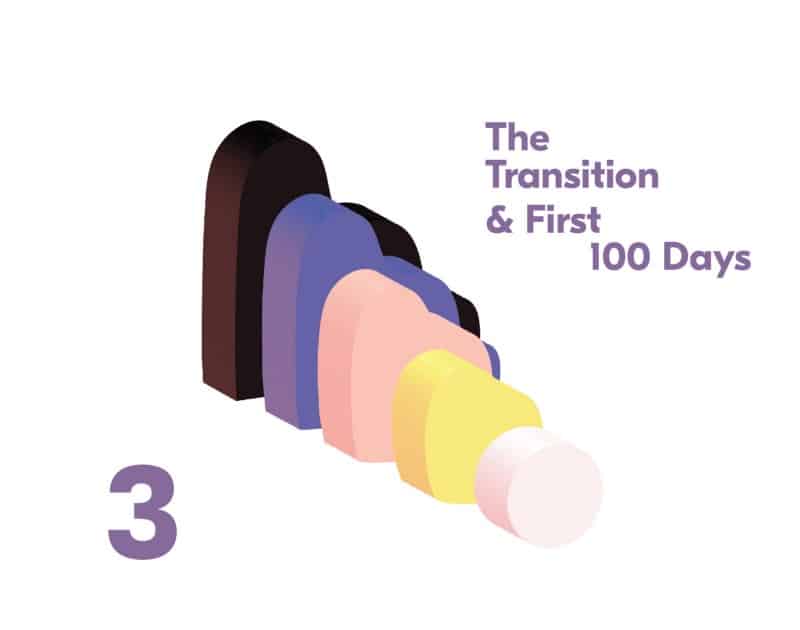
This period can make it or break it for so many (a reported 40% of turnover happens in the first month) — assuming they even get to the starting line. Like onboarding and retaining a user on a platform, you must intentionally design the onramp while deciding what to let them discover on their own.
How do you manage the transition? A key question to ask your team is “How might we enable our newly minted hire to hit the ground running?” This has both intangible (feeling the love) and tangible (time-consuming, mind-numbing tasks like paperwork) elements. Get the tangible elements out of the way (paperwork, computer set up, etc.) before they start, and make way for a more personalized experience on day one (see below). New hires may also have differing lag times before they start — sometimes zero days, sometimes months. Whatever it is, make sure to take the long view. If they want a little extra time to refresh, consider the longer-term benefits over immediate-term needs.
What happens on day one? Assuming you’ve gotten the majority of the tedious stuff out of the way, make sure the day goes as smoothly as possible (functioning technology + being set up in systems like Slack is a key!). Ask yourself what the ideal experience would be like for any customer regarding both functional (hardware with all the fixins based on their preferences, set-up in essential software systems, etc.) and emotional benefits (personalized welcome basket/kit, lunches/coffees to get to know folks, little moments of surprise and delight) you offer.
How do you ensure they see early wins and are teed up for success (i.e. effective onboarding)? At Medium (thanks to onboarding lead Jean Hsu), every new engineer had to submit a pull request by the end of the first week. Their work became integrated into the product at the beginning — I loved this practice. Think about similar, smaller wins that they can own so the bigger ones don’t seem as intimidating as time goes on. One way to develop clarity and direction here is with a well thought-out 100 Day Plan: start out small and specific, making it more bold and broad over time with a combination of check-ins from peers and managers. This is especially important for leaders.
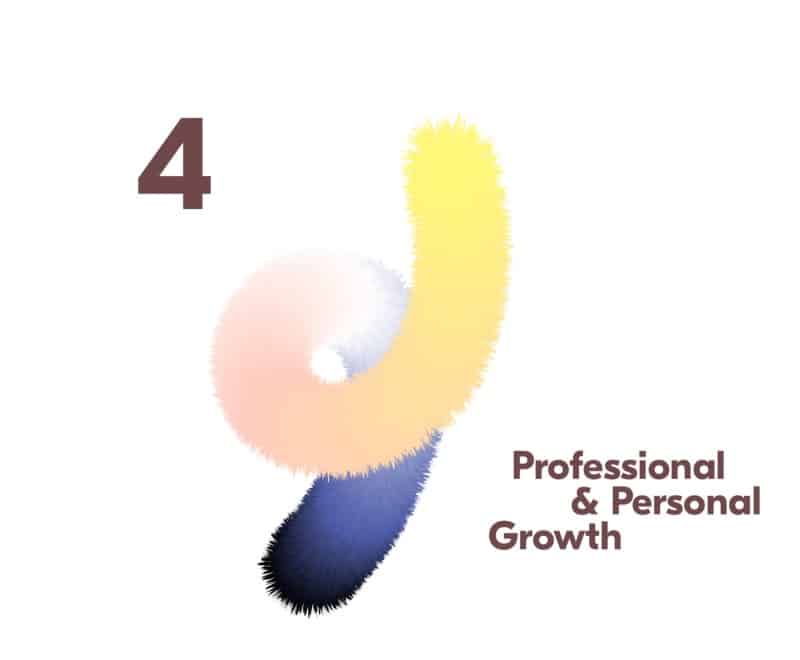
Truth be told, this section deserves its own exploration entirely. Investing in these operational structures early and thoughtfully are more likely to help you retain great people, directly contributing to business outcomes.
How are growth paths articulated to them, and their expectations set? In addition to being explicit in the interview process, remind them when they arrive: how are you structured as an organization, how does their group fit within, what’s their role specifically, and what growth pathways are available (and at what times)? Remember, everyone asks the same question in their head when anything happens within an organization — how is X going to effect me, my growth, and my compensation? — no matter what stage your company is in. Professional journeys are interwoven with personal ones, so be supportive/inclusive with benefits to ensure equal growth opportunities for all (e.g., if you’re designing benefits for young parents like UrbanSitter, remember to help those taking care of their parents too with the likes of Hello Envoy).
How is goal setting and feedback integrated into your work — daily to annually? Hello, rabbit hole. I won’t dive into specifics here, but as a general rule aim for consistency and clarity between the goals of the company and what they’re personally being evaluated on. Be there as a real sounding board for both managers (in articulating clear objectives and key metrics/results) and their reports. Explore different feedback systems. And if you’re having trouble finding great tools that bring these together, enlist help to design your own.
How are you rewarding people, and course-correcting them when need be? For one-timers and rituals, never underestimate the power of intangible rewards (e.g. public recognition or a pat on the back from the CEO for high quality work) over material ones (e.g. the Amazon gift card) and the positive impact that adds up over time. For the more significant compensation constructs, structure systems that are again consistent, clear and fair (if it doesn’t pass your personal sniff test, then it’s probably time to upgrade). Overall, how are your systems ensuring people focus on fulfilling work instead of gaming the system for leveling and comp adjustments? Are you rotating managers to ensure your best people aren’t being hoarded or stymied? When things aren’t going well, be transparent with your people and get them on a defined path quickly — or get them out. If they aren’t successful, the path that leads out of your company is likely the best for them.
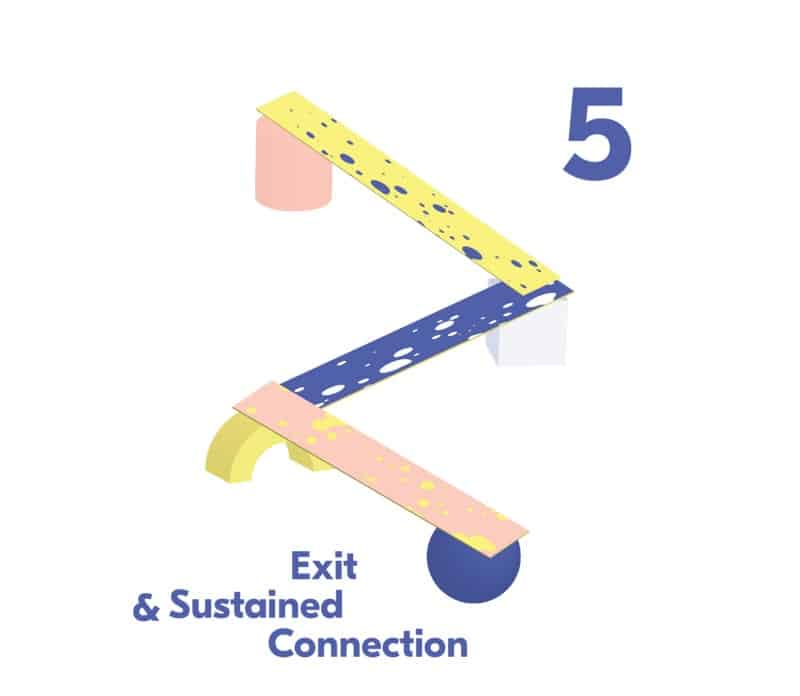
People leave, and that’s ok — as individuals, we are “all on our own paths” (h/t Dan Pupius). Instead of simply dealing with it procedurally, embrace this as a natural step — design a positive experience, a connection that endures, and seek out learnings along the way.
How do you aim to understand why they’re leaving, and improve others’ journeys as a result? Excepting legally precarious situations, exit interviews have become another box-checking exercise where you may or may not get the full picture. How do you design an interview, set of conversations, or survey that lets people feel safe in sharing their honest feedback? Making Exit Interviews Count in April 2016’s Harvard Business Review is the best breakdown I’ve seen if you’re looking for how to approach it differently.
How can you help them transition gracefully and feel supported? Whether regretted or unregretted attrition (and unless their transgressions were so egregious), everyone deserves a graceful exit. For whatever reason, they may not be working for you but you can bet others will ask them about their experience. Seeing as you (1) want to keep your net promoter score high (in this case, NPS is represented in “Would you recommend working at this company to a friend?”), and (2) this will be their last interaction with you as an employee, make it a positive one. Whether that’s helping navigate the COBRA process in a more approachable way or giving them seven year flexibility with stock option exercise, it’s worth considering what your off-ramp looks like.
How do you aim to keep your company as a part of their identity throughout their career? Maintaining a strong connection to alumni, and even being a cultivator of that community, is enlightened self-interest for you: they represent a critical set of brand evangelists, potential partners, and candidate referrers. What are the tools, events, and whatever-else-you’re-using to enable them to connect with one another, and with you? For the alumna/alumnus, you’re a part of their journey as it continues beyond the walls of your company — and potentially as they come back around. Reid Hoffman sums it up well here.
All Journeys Are Unique. What’s Yours?
There is clearly a difference between designing this journey for employees of a 50-person startup or an established company of 5,000. No matter the size, shape, or scope of your operation we all have an opportunity to identify these key moments that matter and build systems that attract, grow, and retain the best people. Doing so in a resilient way that accounts for the constantly shifting sands within your organization is surely a challenge, but a compelling one.
I’ve said this before, but it’s worth repeating: Stop being a process-driven administrator, and start designing action-oriented systems rooted in the needs of your people. Whatever you end up creating, chances are, it’s better than what you’ve got now.


